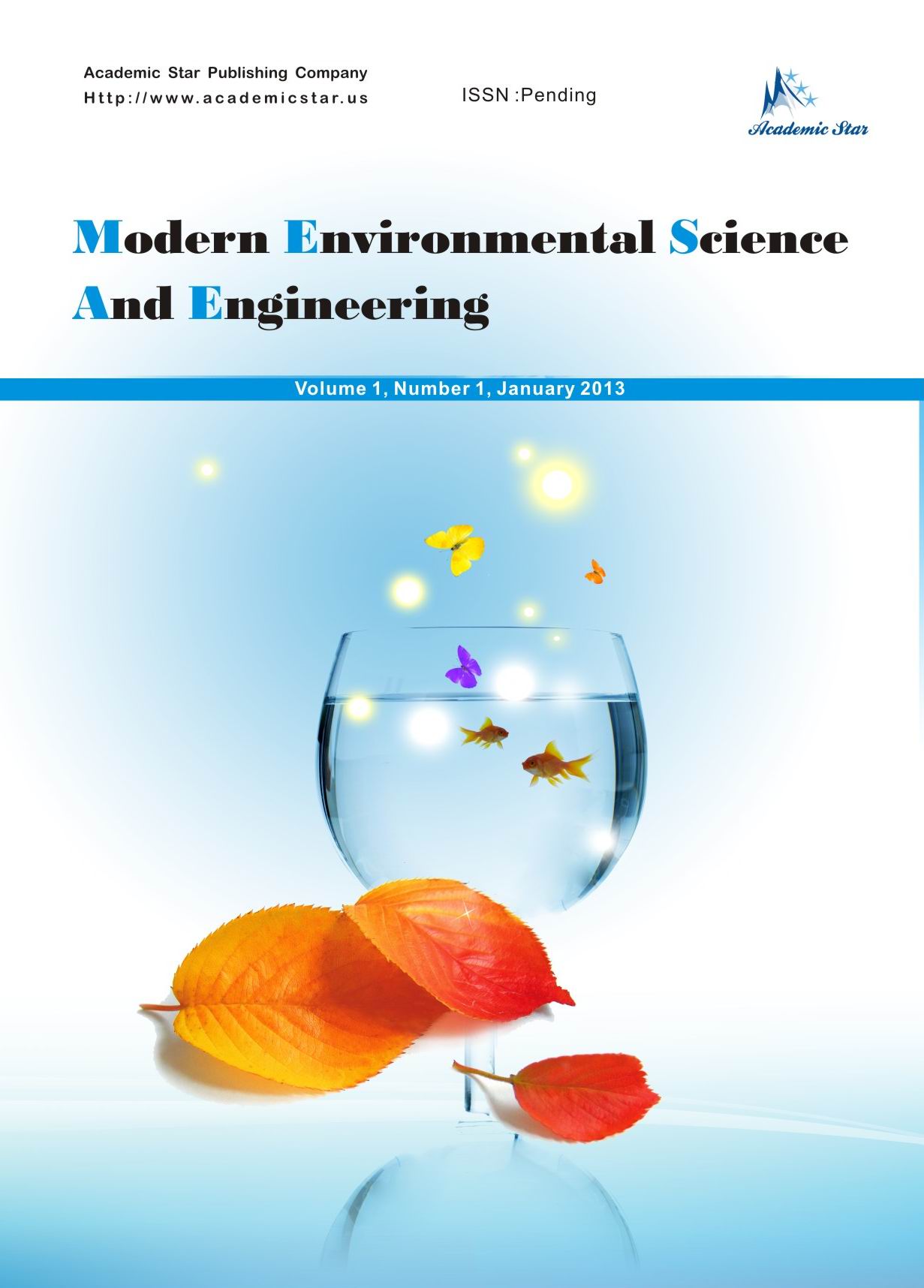
- ISSN: 2333-2581
- Modern Environmental Science and Engineering
Significance of Urban-Rural Programs for Disaster-Resilient and Sustainable Water Systems in the Kathmandu Valley
Graduate School of Media and Governance, Keio University, Japan
Abstract: Globally, peri-urban and rural areas play a significant role in supplying water to urban areas while fostering interconnections through various mechanisms. Many cities worldwide provide diverse forms of support to peri-urban and rural areas in exchange for water resources, creating mutual benefits for both sides. However, these connections are often disrupted during disasters, leading to significant challenges within society. To ensure a resilient and sustainable water system, it is crucial to understand the resilience status of communities and tailor services accordingly. This research focused on the impact of disasters on water systems in the Kathmandu Valley of Nepal, a South Asian country situated between India and China. Using a systematic literature review guided by the PRISMA framework, three key findings emerged. First, urbanization is identified as a primary driver of water scarcity in the Kathmandu Valley. Second, the sustainability of urban-rural water systems is significantly enhanced when supported by well-designed benefit-sharing programs. Third, assessing the disaster resilience of water systems is vital for developing integrated strategies that establish sustainable urban-rural linkages. Additionally, this research identifies a critical gap in the existing literature: the underlying factors within urbanization that exacerbate water scarcity remain underexplored. While current studies emphasize the importance of benefit-sharing programs for urban-rural water systems, however few only directly address disaster resilience, despite its critical importance given the unpredictable nature of disasters. Measuring disaster resilience is crucial for devising strategies that integrate benefit-sharing programs with disaster preparedness to ensure the continuity of water systems during a disaster. In conclusion, this research highlights the urgent need for further research into the interplay between urban-rural, disaster resilience, and water systems. By addressing these gaps, future studies can contribute to the development of comprehensive strategies for sustainable water resource management in disaster-prone regions.






